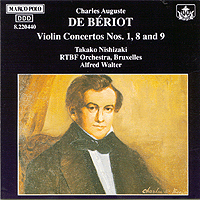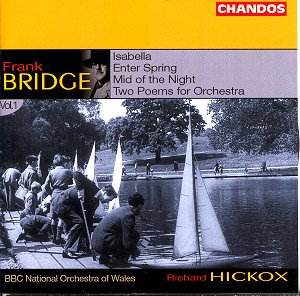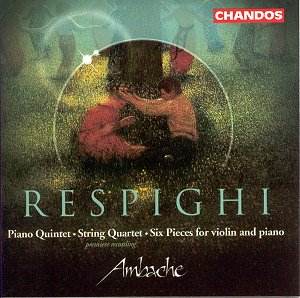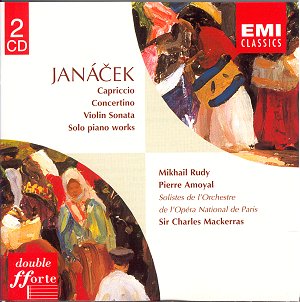 Composer: Charles-Auguste de Bériot
Composer: Charles-Auguste de Bériot
Works: Concerto No. 1 in D Major, Op. 16; Concerto No. 8 in D Major, Op. 99; Concerto No. 9 in A Minor, Op. 104
Performers: Takako Nishizaki (violin), RTBF Orchestra/Alfred Walter
Recording: Maison de la Radio, Brussels, 1986
Label: Marco Polo
Charles-Auguste de Bériot, a pivotal figure in the 19th-century violin tradition, often finds himself overshadowed by his contemporaries. Yet, his contributions, particularly in the realm of violin concertos, merit greater recognition than they currently enjoy. This recording, featuring three of his concertos, showcases Bériot’s unique blend of virtuosic flair and lyrical charm, hallmarks that resonate throughout his oeuvre. The choice of these particular works—Concerto No. 1, No. 8, and No. 9—reveals a thoughtful selection that illustrates Bériot’s evolution as a composer and his affinity for operatic expressiveness.
The performance by Takako Nishizaki is both engaging and technically impressive. Her agile fingers navigate the demanding passages of the First Concerto with ease, demonstrating a mastery of the left-hand pizzicato that Bériot employs as a nod to his Paganini-inspired roots. The opening movement, marked Allegro moderato, is characterized by a buoyant energy that Nishizaki captures with a deft touch, the interplay between the soloist and orchestra displaying a well-balanced dialogue. Notably, the lyrical quality of the second theme is rendered with a sweetness that echoes Bériot’s operatic influences, reminiscent of Bellini’s melodic lines. Each phrase is imbued with a sense of purpose, enhancing the work’s narrative arc.
The interpretation of the Eighth Concerto, composed later in Bériot’s career, showcases a more mature compositional style, integrating elements of Romanticism while still retaining clarity of form. Nishizaki’s approach to the slow movement is particularly noteworthy; she imbues it with a reflective depth, allowing the music’s emotional undercurrents to emerge. Her articulation in the spirited finale reveals a sense of joy and exuberance that invites the listener to revel in the music’s vibrant character. Alfred Walter’s conducting offers a supportive framework, with the RTBF Orchestra providing a warm and resonant backdrop that complements the soloist’s efforts.
The Ninth Concerto presents a further evolution in Bériot’s style, with its seamless transitions between the three movements creating an uninterrupted flow that enhances the work’s cohesion. The Allegro maestoso opens with a grandiosity that is skillfully matched by Nishizaki’s assertive playing. The Adagio serves as a moment of introspection, where Nishizaki’s nuanced phrasing allows for a poignant exploration of the music’s emotional landscape. The final Rondo, marked Allegretto moderato, bursts forth with a lively spirit, showcasing the virtuosic demands placed upon the performer, which Nishizaki meets with aplomb.
Recording quality is commendable, with the acoustic environment of the Maison de la Radio providing a warm resonance that enhances the overall listening experience. The balance between the solo violin and orchestra is thoughtfully engineered, ensuring that the nuances of Nishizaki’s performance are both highlighted and supported by the orchestral texture. The orchestral timbre is rich, with strings and woodwinds blending beautifully, creating an inviting sonic tapestry.
Bériot’s concertos may not have enjoyed the same enduring popularity as those of Mozart or Tchaikovsky, perhaps due to their shorter durations and the challenges of programming them in concert settings. However, this recording invites a reevaluation of his work, underscoring the vitality and charm that permeate these compositions. The combination of Nishizaki’s expressive playing and the RTBF Orchestra’s adept accompaniment brings these works to life, revealing the depths of Bériot’s musical language.
This recording is a significant addition to the catalog of violin concertos, offering a delightful glimpse into the world of a composer whose contributions deserve a more prominent place in the concert repertoire. It stands as a testament to the enduring appeal of Bériot’s music, showcasing a blend of technical prowess and emotional resonance that continues to captivate audiences.



